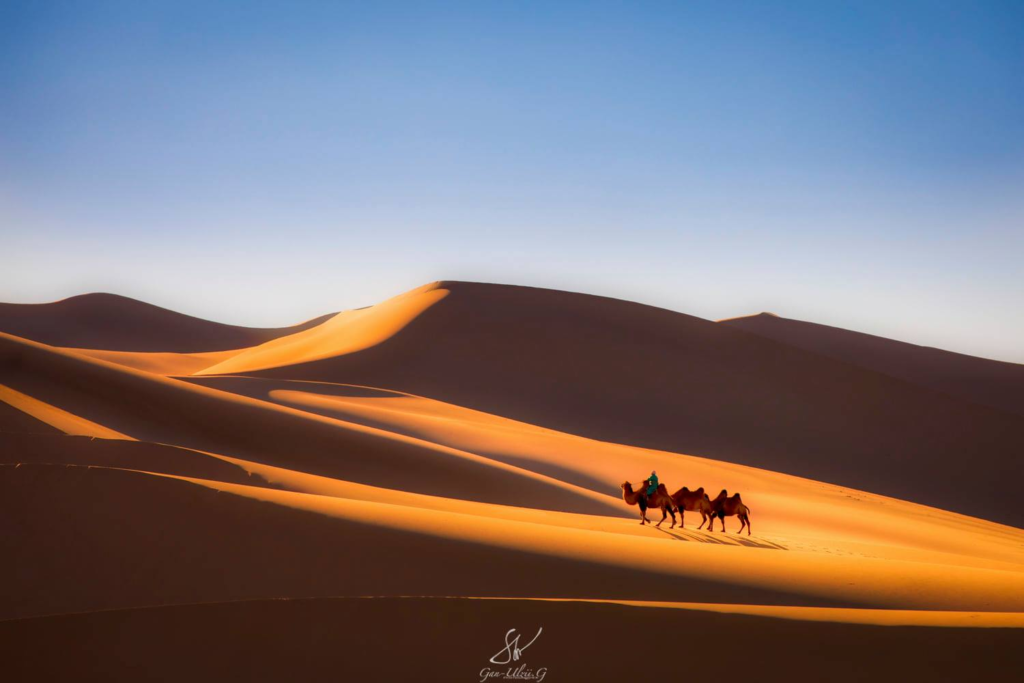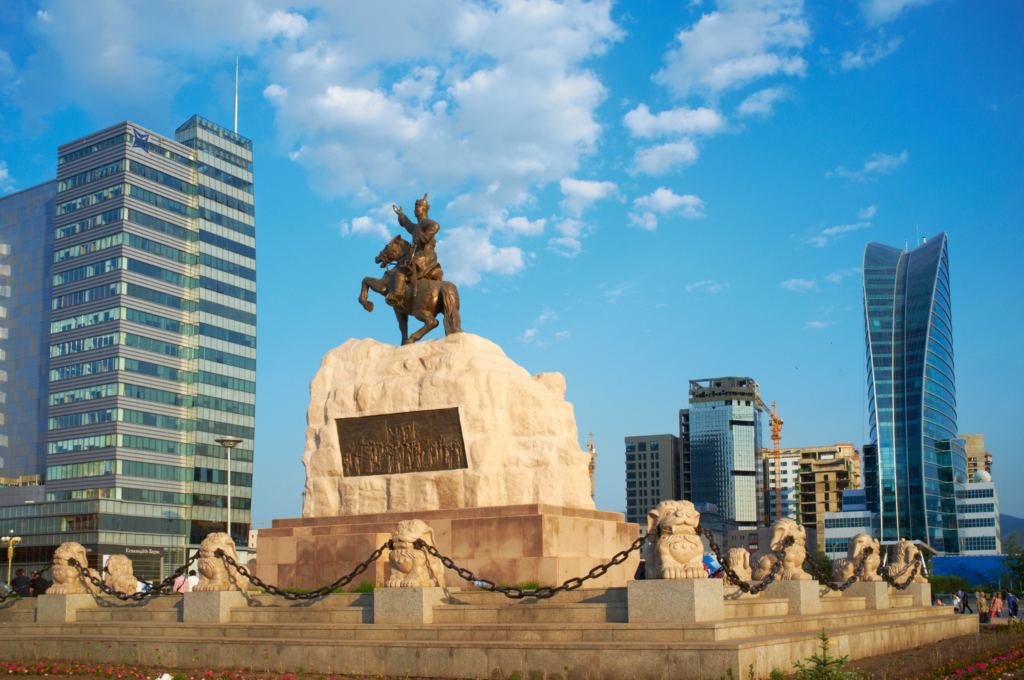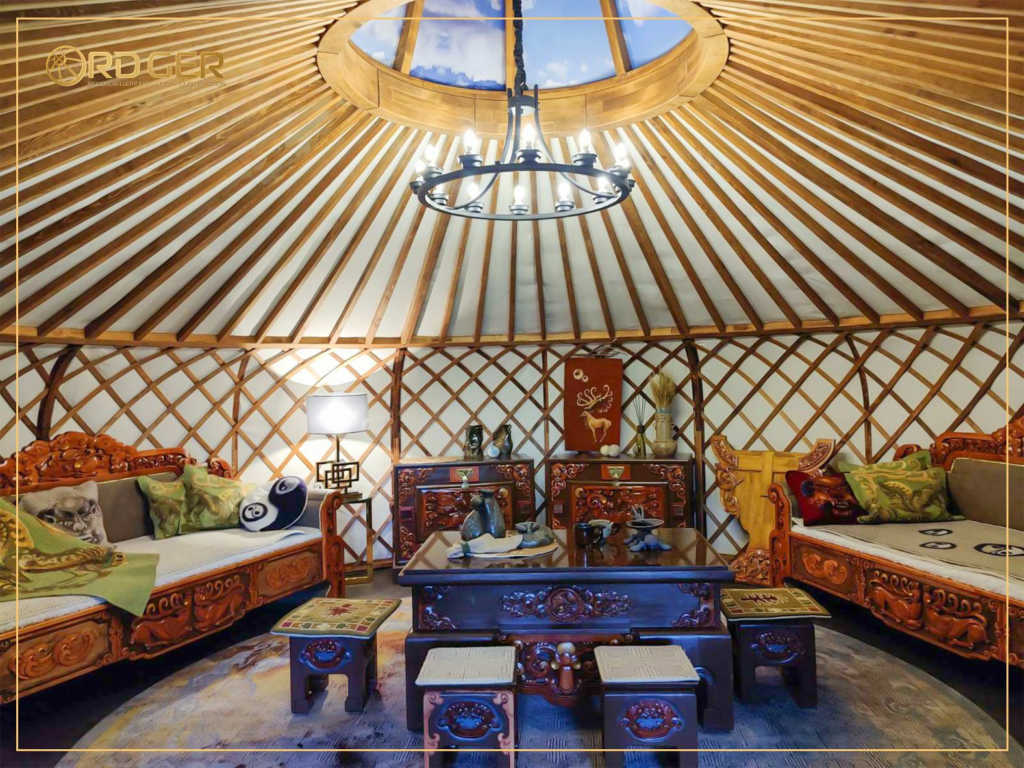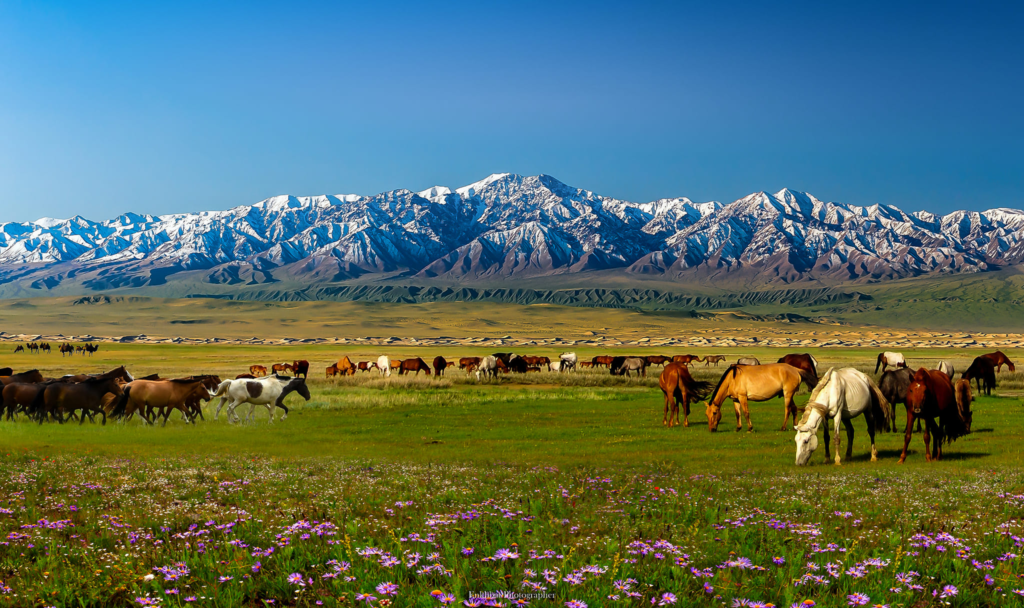Mongolian rivers and lakes, renowned for their vast steppes and rugged terrains, hide a lesser-explored treasure in its expansive landscapes. In this blog post, we embark on a journey to unravel the significance of Mongolian rivers and lakes, exploring the traditions and stories that have shaped the lives of the nomadic communities residing along these pristine water bodies.
Mongolian Rivers and Lakes: The Heartbeat of Nomadic Life
Mongolia’s rivers and lakes play a pivotal role in sustaining the nomadic way of life. From the mighty Selenge River to the serene Khuvsgul Lake, these water bodies serve as lifelines for the nomads, providing not only water for their herds but also creating fertile lands for grazing.
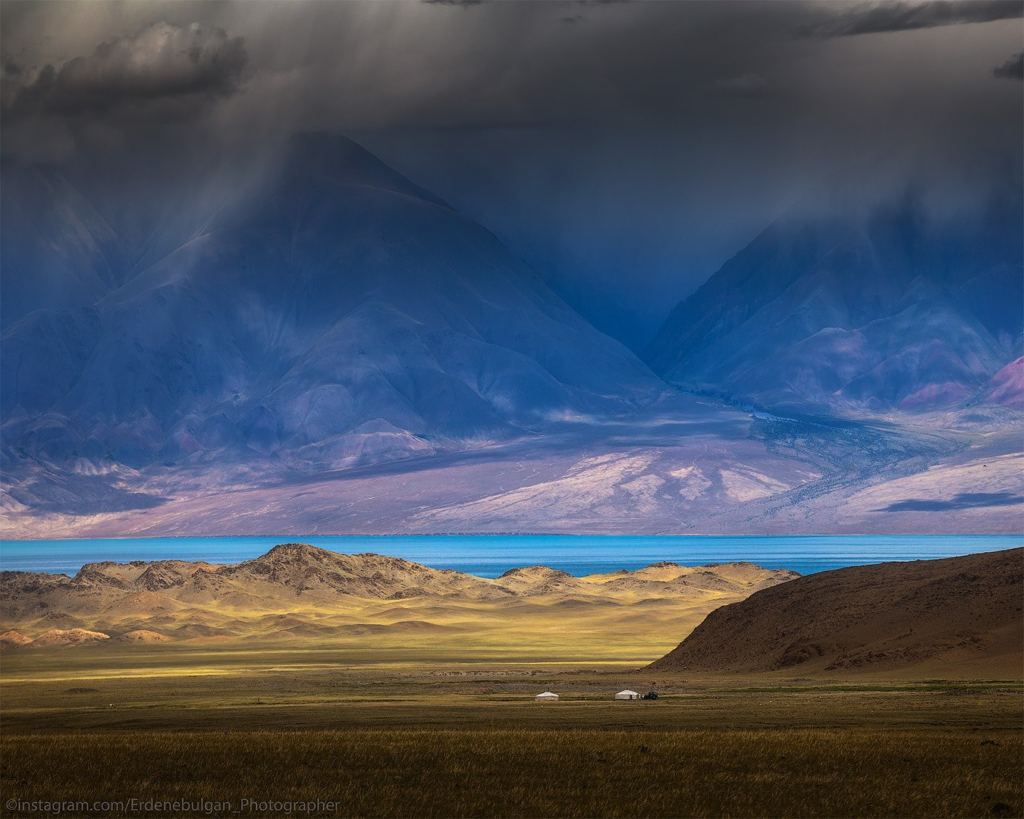
Navigating the Waterways: A Nomadic Tradition
The nomads, expert navigators of the waterways, have cultivated a deep understanding of the seasonal changes that impact Mongolian rivers and lakes. In spring, as the ice melts and rivers swell, nomadic families migrate to riverbanks, setting up their gers (traditional Mongolian tents) to take advantage of the lush greenery that follows.

Khuvsgul Lake: A Gem in the Northern Highlands
Nestled in the northern highlands, Khuvsgul Lake stands as a majestic testament to the natural beauty of Mongolia. Surrounded by lush forests and mountains, this pristine lake is not only the country’s deepest but also a cultural hub for the Tsaatan Reindeer Herders who call its shores home. The crystal-clear waters reflect the nomadic spirit, mirroring a harmonious coexistence between humans and nature.
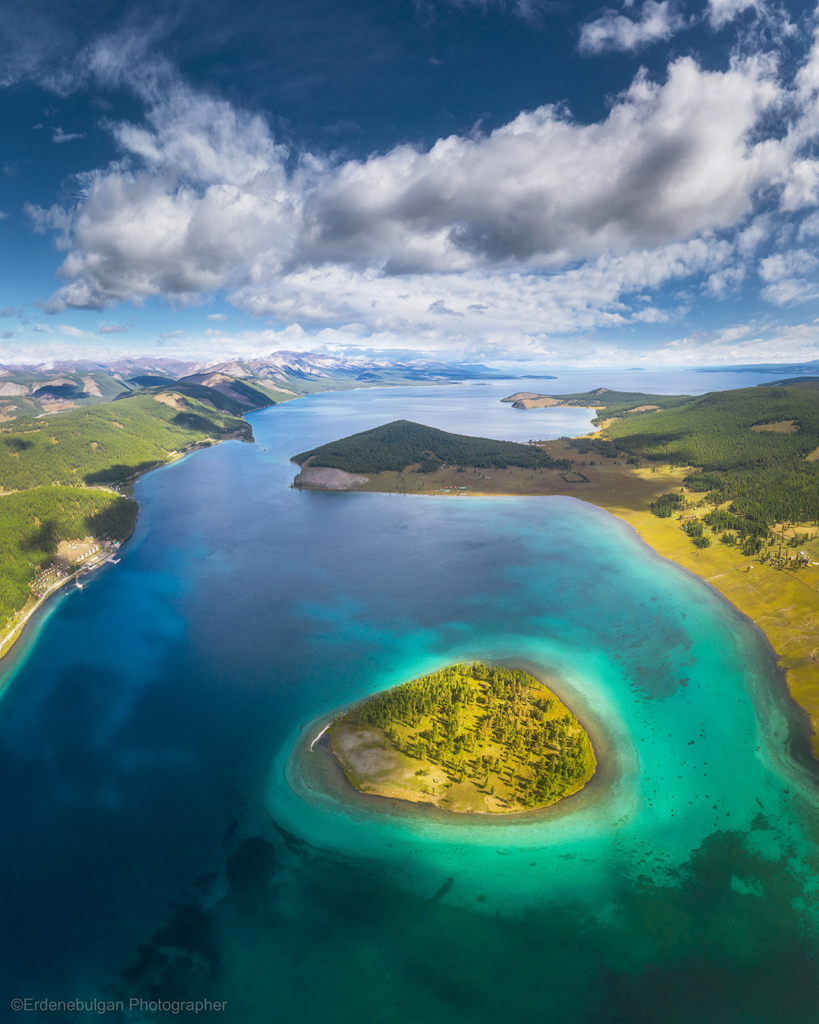
Ceremonies by the Riverbanks: Rituals and Traditions
Mongolian rivers are not merely sources of sustenance but also sacred spaces where nomads perform rituals and ceremonies. The White Moon Festival celebrated along riverbanks, is a testament to the spiritual connection nomads have with water. This positive celebration marks the end of winter, invoking blessings for the upcoming season.
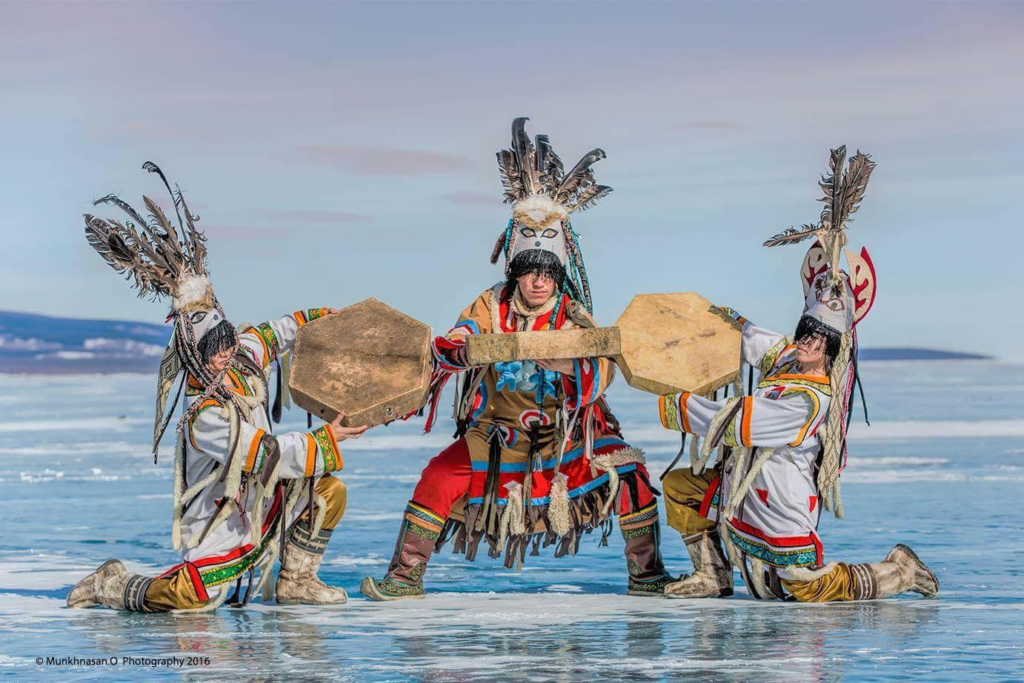
The Selenge River: Lifeline of the Mongolian Steppe
Flowing through the heart of Mongolia, the Selenge River is the lifeline of the vast steppe. Its waters nourish the land, supporting the nomadic herding lifestyle. The riverbanks become temporary settlements during summer, offering a picturesque backdrop for the nomadic communities engaged in various activities, from herding to traditional games.

Challenges and Conservation Efforts
While Mongolian rivers and lakes are vital for sustenance, they face challenges such as pollution and climate change. The nomadic communities, recognizing the importance of these water bodies, are increasingly involved in conservation efforts. Collaborative initiatives aim to preserve the pristine beauty of Mongolian rivers and lakes for generations to come.
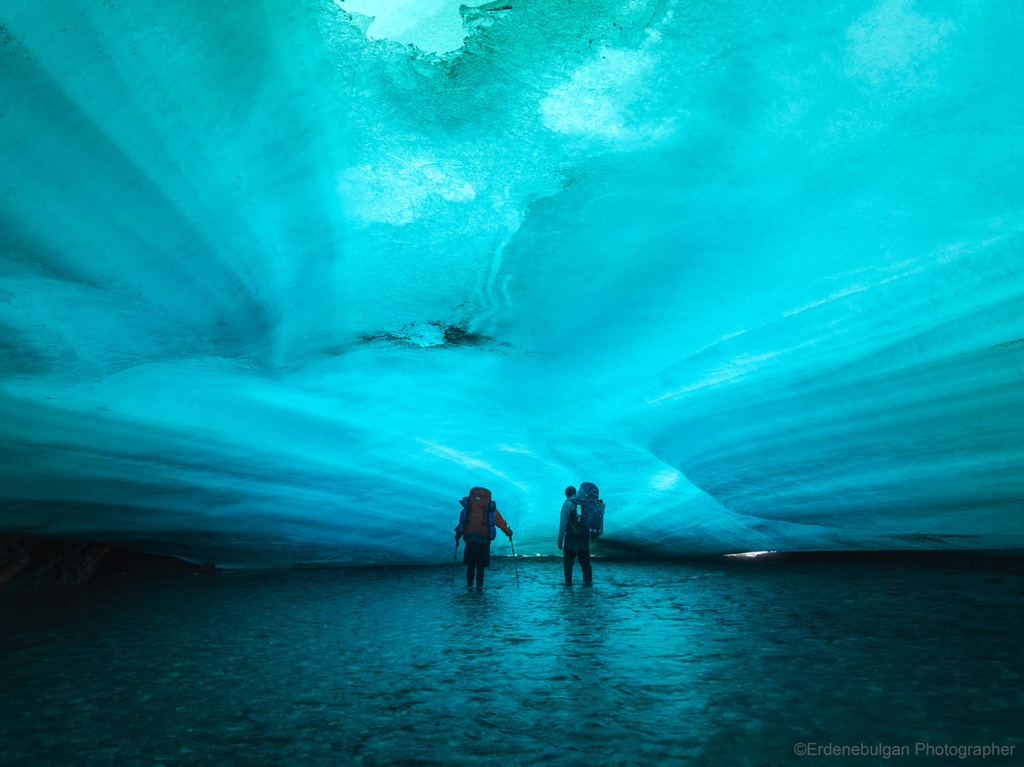
Mongolia’s rivers and lakes are not only integral to nomadic life but also offer unique experiences for adventurous travelers. Guided tours along the Selenge River provide opportunities for visitors to witness the nomadic lifestyle up close, fostering cultural exchanges and a deeper appreciation for the region. Exploring the untouched landscapes surrounding Khuvsgul Lake or partaking in river-based activities unveils the allure of Mongolia beyond its vast steppes. Sustainable tourism initiatives aim to balance exploration with conservation, ensuring that future generations can also revel in the enchanting beauty of Mongolian rivers and lakes.
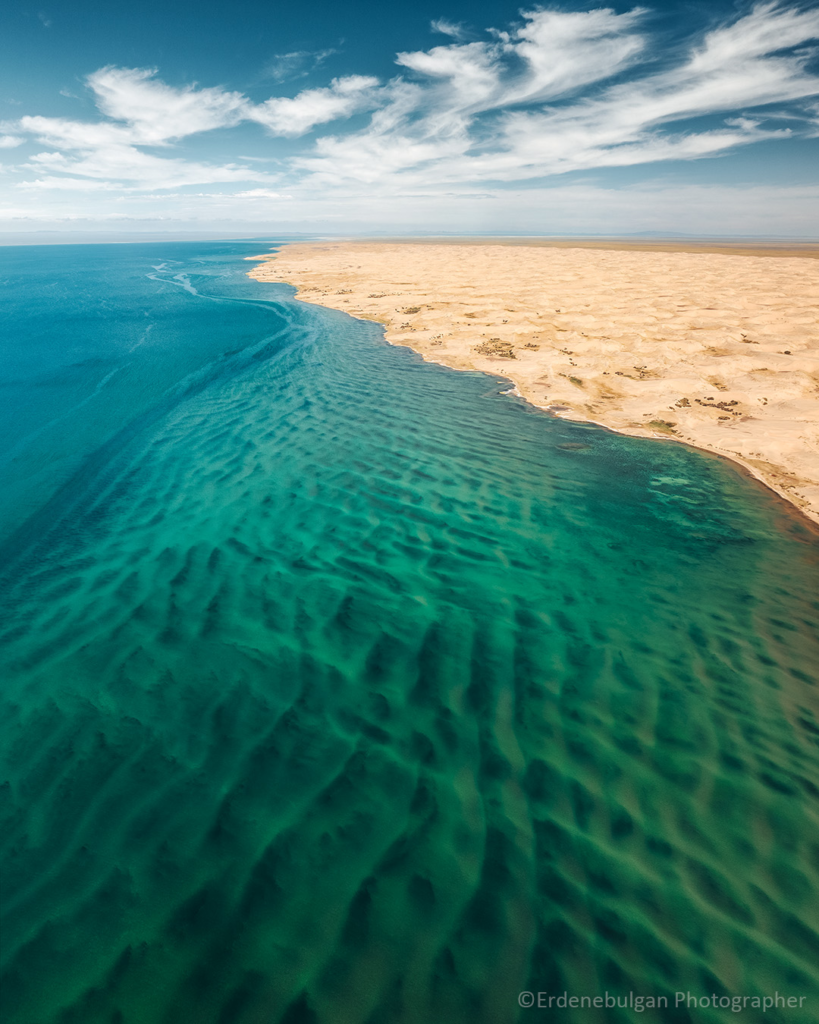
In exploring Mongolian rivers and lakes, we have unveiled a tapestry woven with traditions, spirituality, and the resilience of nomadic communities. These water bodies not only sustain life but also reflect the intricate relationship between Mongolian nomads and the natural world. As we navigate the meandering rivers and embrace the serenity of the lakeshores, we witness the enduring legacy of waterfront traditions that define Mongolian nomadic life.

